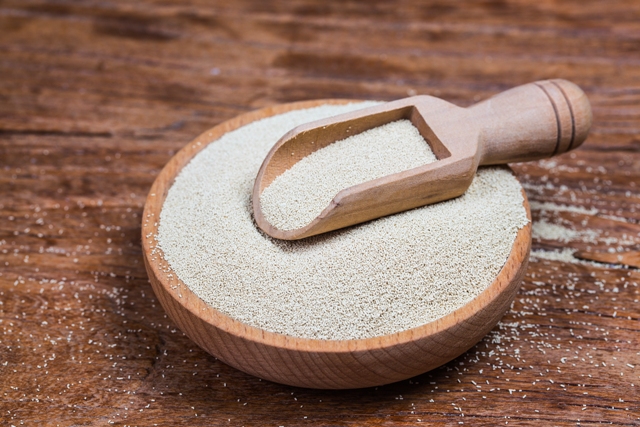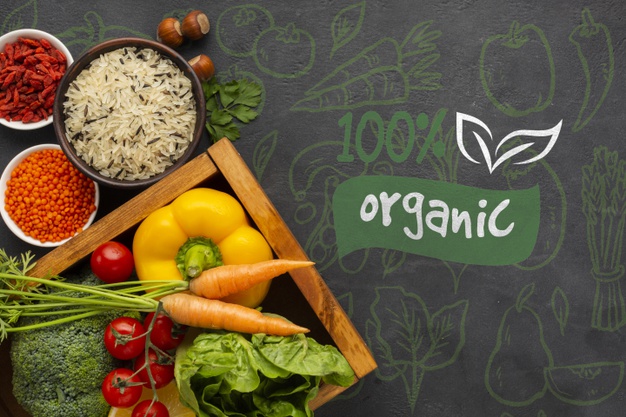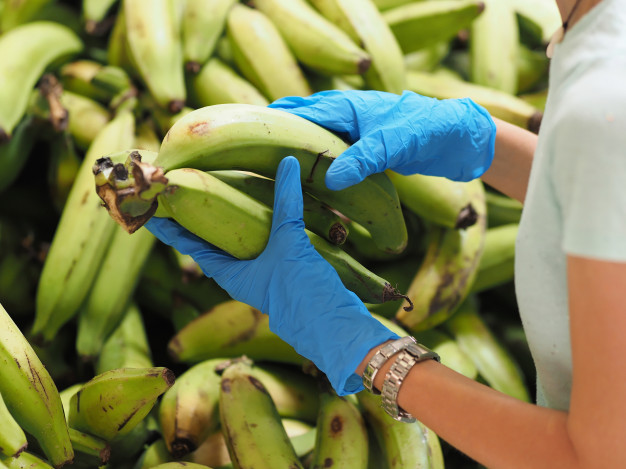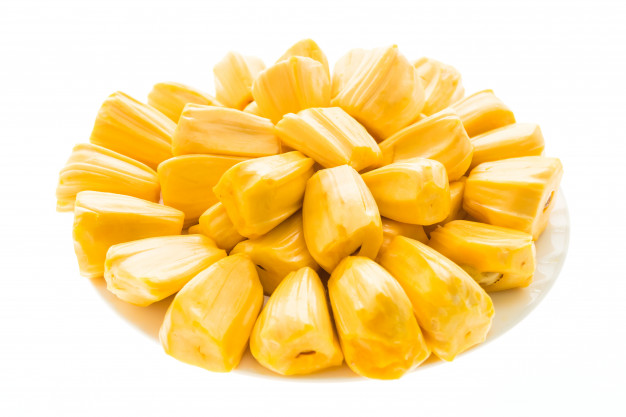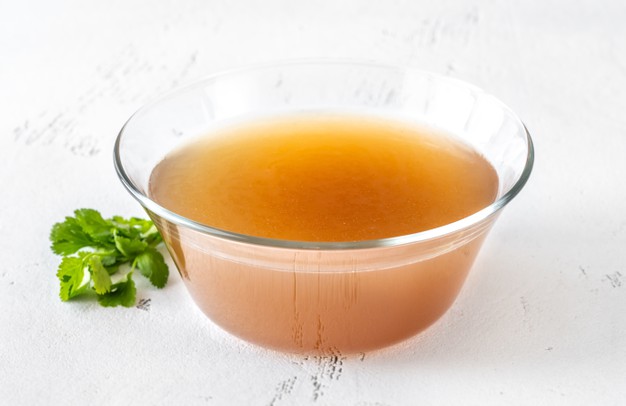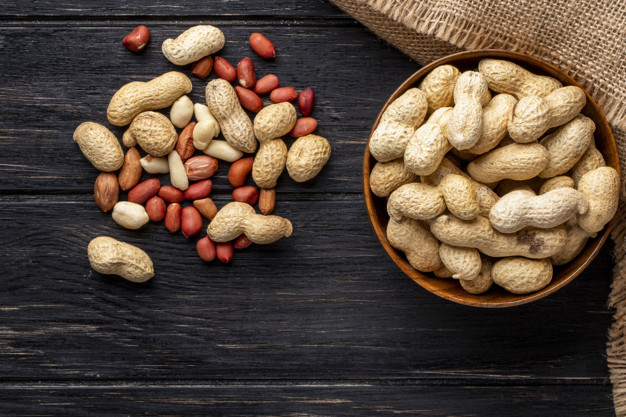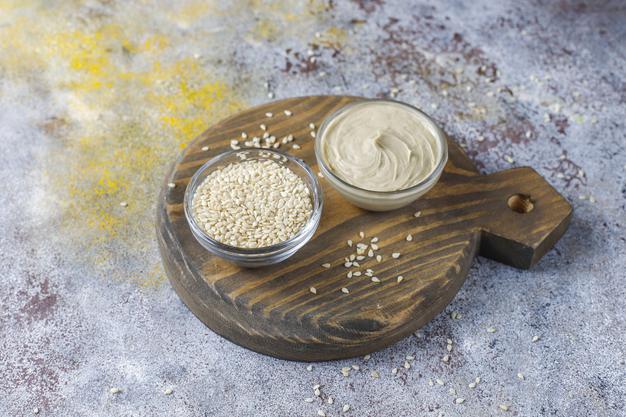Nutritional yeast is a cousin to baker’s yeast and brewer’s yeast. It is very popular and nutritious plant based food. Even it is rich in those nutrients that are often lacking from vegan and vegetarian diets. It is packed with proteins, micronutrients as well as antioxidants and offers numerous health benefits. It is dairy free and gluten free thus it can also be used by people with food sensitivities or food allergies.
General information regarding nutritional yeast
- It comes from a species of yeast known as Saccharomyces cerevisiae and widely used in vegan cooking
- It is manufactured by using different kind of sources like whey, molasses, sugar beets and blackstrap
- It is similar to that yeast, which is utilized in baking but nutritional yeast undergoes a drying and heating process, which renders it inactive that means nutritional yeast is deactivated in final product
- Basically nutritional yeast is produced by cultivating the cells of Saccharomyces cerevisiae on a sugar rich medium for several days and then they are deactivated with heat followed by harvesting, washing, drying, crumbling and packaging for distribution
Differences between brewer’s yeast, baker’s yeast and nutritional yeast
Though these three types of yeast are obtained from same species but they are different products. Below points will discuss the basic differences between these three types of yeast –

Brewer’s yeast
- It is purchased alive
- It is used for brewing beer. After the brewing process, the leftover deed yeast cells can also be consumed as nutritional supplements but they are very bitter in taste
Baker’s yeast
- It is also purchased alive
- It is killed during cooking but it provides a flavor to the food
- It is widely used for preparing bread where it is used as a leavening agent
Nutritional yeast
- Yeast cells are killed during manufacturing thus they are not found alive in final product
- They are basically used as a food product and also used in cooking
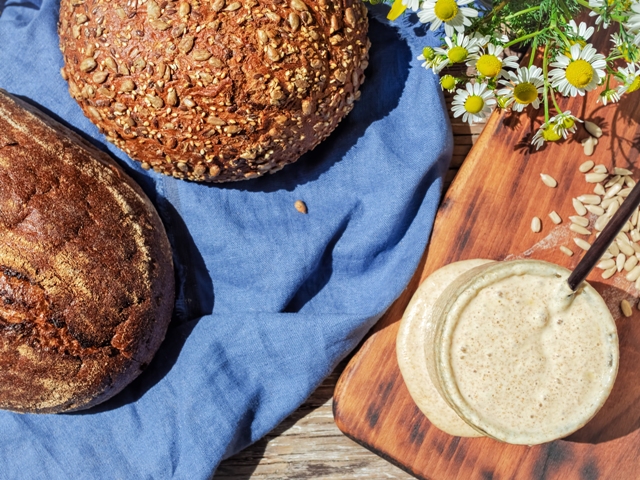
Type of nutritional yeast
It is of two types, which include –
Unfortified nutritional yeast
- This type of yeast does not contain any added nutrients
- It only contains those nutrients, which are naturally produced by yeast cells as they grow
Fortified nutritional yeast
-
 This type of yeast is fortified with different type of nutrients especially vitamins and minerals that means various nutrients are added to the yeast for making the yeast nutritionally enriched
This type of yeast is fortified with different type of nutrients especially vitamins and minerals that means various nutrients are added to the yeast for making the yeast nutritionally enriched - It is one of the most common types of nutritional yeast available for purchase
Nutritional profile
- It contains lesser amount of carbohydrates and contains significant amount of fibre
- It is rich in proteins and contains all nine essential amino acids
- It contains various micronutrients like Vitamin B1, B2, B3, B6, B9, B12, zinc, iron, calcium, phosphorus, potassium and selenium
Health benefits
Role on immunity
- It is very effective for improving the overall immunity of the body
- Antioxidants present in nutritional yeast helps in improving immunological responses
- Beta-glucan is another important compound present in nutritional yeast that also helps in strengthening the immune system
- Its consumption is very effective for reducing the prevalence of common cold and flu
Role on energy metabolism
- It helps to boost up the metabolism of the body thus helps in promoting wellbeing
- It contains significant amount of B vitamins, which play important role in improving metabolism as B vitamins participate in metabolic reactions in the form of coenzymes
- It is also associated with boosting up the energy level and all the credit goes to its vitamin B12 component. Consumption of nutritional yeast or Vitamin B12 fortified nutritional yeast is extremely useful for preventing fatigue and general weakness

Role on gestational health
- It is very useful to support a healthy pregnancy
- It plays vital role in stimulating the growth and development of fetus
- Its folic acid component helps in reducing the prevalence of birth defects
- Whereas folic acid present in nutritional yeast is also associated with promoting the synthesis and maturation of RBC as a result helps in improving maternal blood volume, which subsequently decreases the risk of developing anemia hence reduces the rate of maternal morbidity and mortality
- It is better to include nutritional yeast especially folic acid fortified nutritional yeast in the diet for ensuring a healthy pregnancy outcome

Role on physical recovery
- Consumption of nutritional yeast is very helpful for promoting early physical recovery after strenuous exercise and all the credit goes to is beta-glucan component. It has seen that individual who consume nutritional yeast experiences less post workout fatigue
- It is also associated with restoring WBC, which are lost during physical exercise and this restoration aids in promoting muscle recovery and also helps in preventing inflammation
- Its zinc component is also accountable for repairing and regenerating muscles
Role on skin, hair and nail health

- It is very effective for providing proper nourishment to the skin, hair and nail
- It is also associated with preventing premature aging
- It helps to reduce the prevalence of dermal infections too
- It is very effective for preventing acne
- It helps to prevent hair loss as well
- It is also very effective for preventing brittle nails
Therapeutic uses
It has been extensively used for various therapeutic purposes, like –
- It is traditionally used as an imperative remedial action for hyperglycemia as it helps in improving glucose sensitivity among people with diabetes mellitus (type 2). It has seen that consumption of chromium fortified nutritional yeast is extremely useful for lowering fasting blood sugar level
- It also helps in decreasing the prevalence of hypercholesterolemia by decreasing the concentration of LDL, VLDL and triglyceride in body
- It helps to lower the susceptibility of cardiovascular diseases as well
- It helps in preventing hypertension
- It plays significant role in maintaining healthy body weight and also helps in weight reduction. Its protein and fibre contents are considered as main components that facilitate weight reduction by hindering appetite
- Its consumption is very effective for reducing the risk of developing infectious diseases too
- It also helps in the growth and development of muscular system. Proteins present in nutritional yeast play vital role in improving muscular mass and strength thus helps plays in improving endurance
- Its consumption helps in improving skeletal health as well
- It also helps in decreasing the prevalence of carcinoma
- It is packed with antioxidants (especially rich in glutathione) that help to protect the body from the harmful effects of free radicals and prevents oxidative stress

Culinary uses
- It can be sprinkled on popcorn
- It can also be mixed with risotto instead of cheese
- It can be used as an alternative to cheese sauce as well
- It can be stirred into cream soup before consumption
- It can also be added to scrambled egg or tofu scramble
- It can be well utilized for preparing macaroni dish
Risk factors
- It contains tyramine, which is an amino acid that may trigger headache if consumed in excess amount
- It may also develop allergic reaction to some people
- Individual who suffer from inflammatory bowel disease should avoid its consumption as it may worsen the symptoms

Source:
Baulez, M., Bertaud, B. and Saibi, L., 2021. Every Part of Yeast is the Best Part. In Proceedings of the Arkansas Nutrition Conference (Vol. 2021, No. 1, p. 2).
Bruno, G., 2009. Nutritional Yeast.
Ciudad-Mulero, M., Fernández-Ruiz, V., Cuadrado, C., Arribas, C., Pedrosa, M.M., Berrios, J.D.J., Pan, J. and Morales, P., 2020. Novel gluten-free formulations from lentil flours and nutritional yeast: Evaluation of extrusion effect on phytochemicals and non-nutritional factors. Food chemistry, 315, p.126175.
Jach, M.E. and Serefko, A., 2018. Nutritional yeast biomass: characterization and application. In Diet, Microbiome and Health (pp. 237-270). Academic Press.
Satyanarayana, T. and Kunze, G. eds., 2017. Yeast diversity in human welfare. Springer Singapore.
